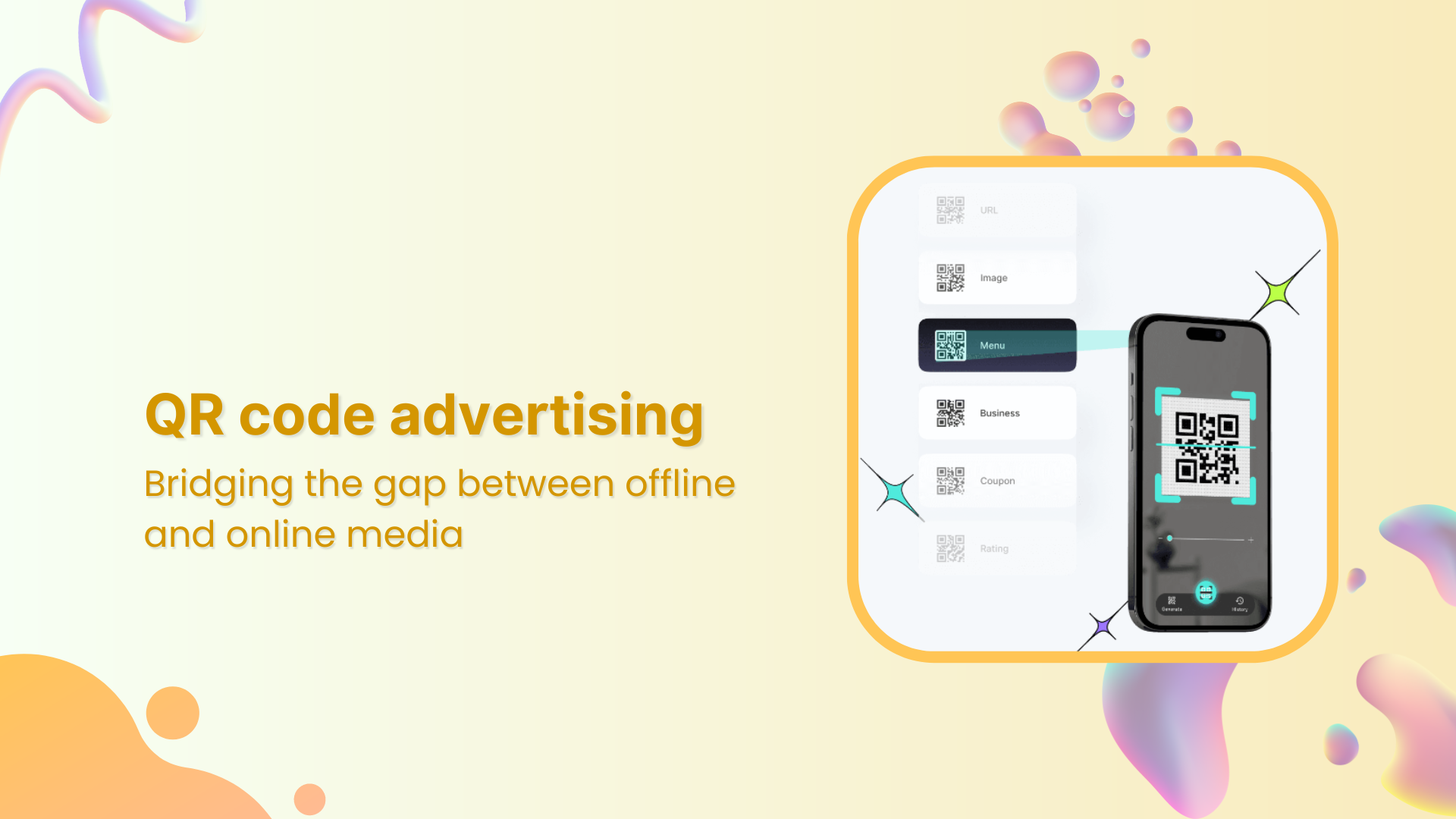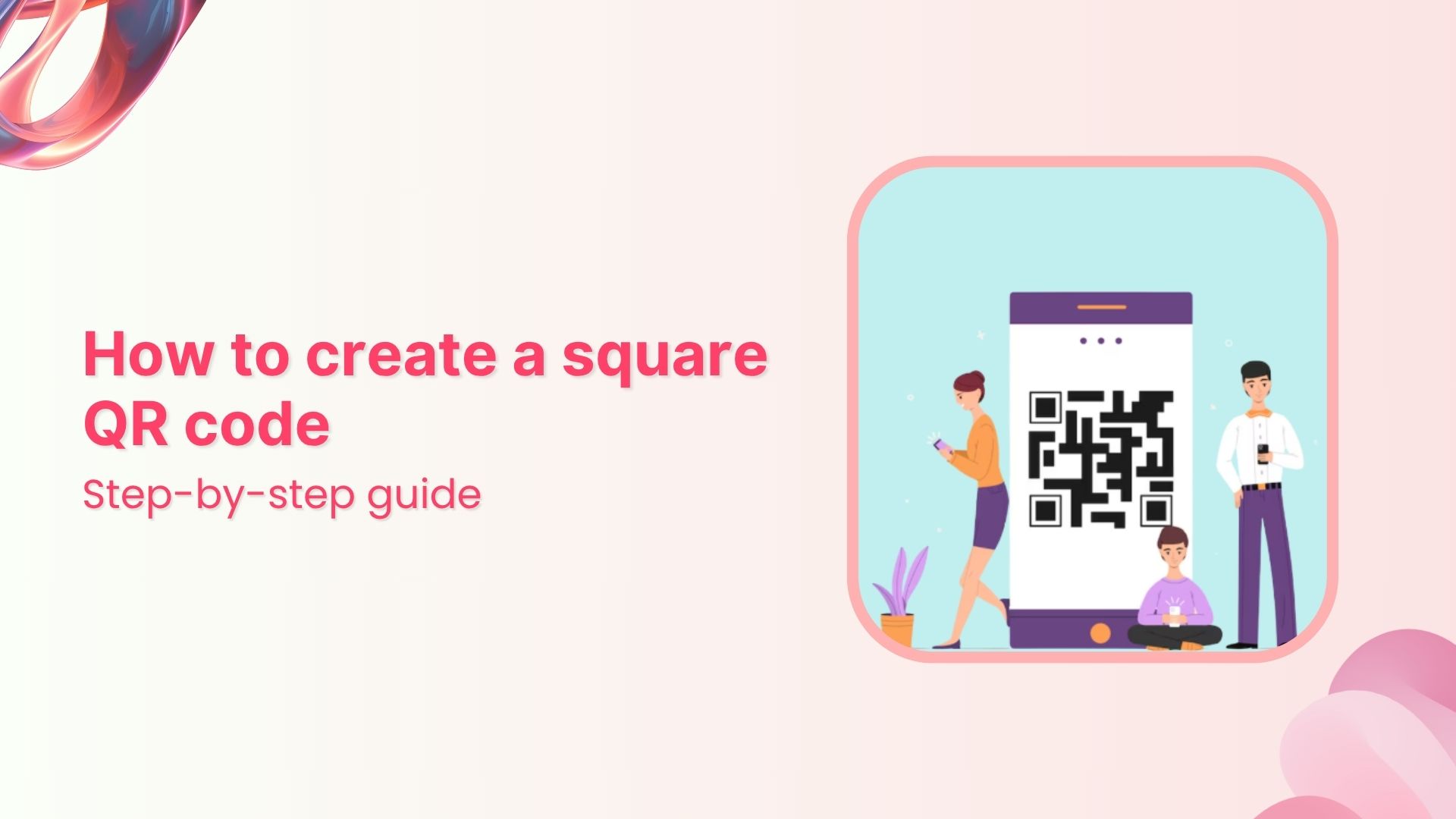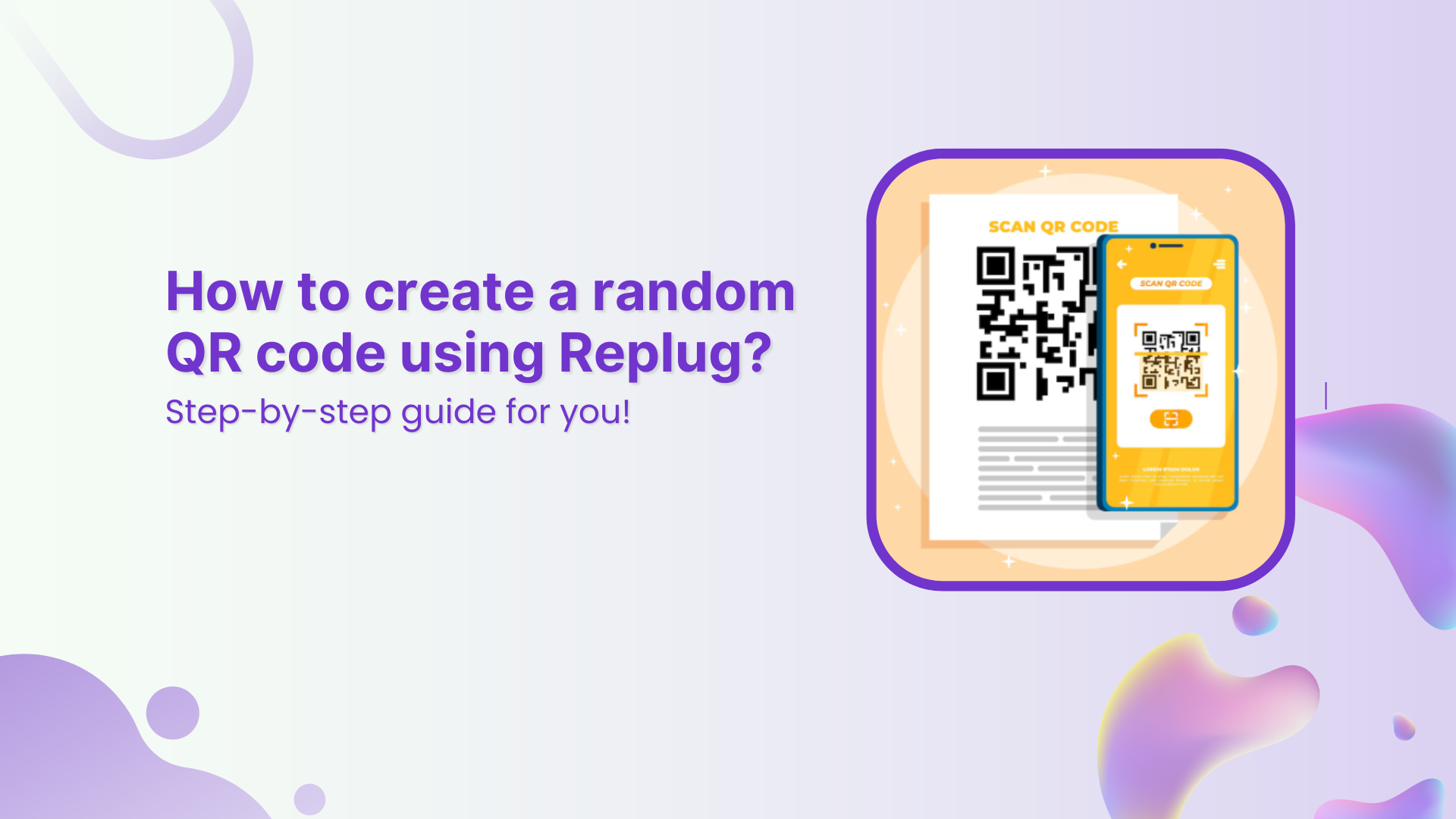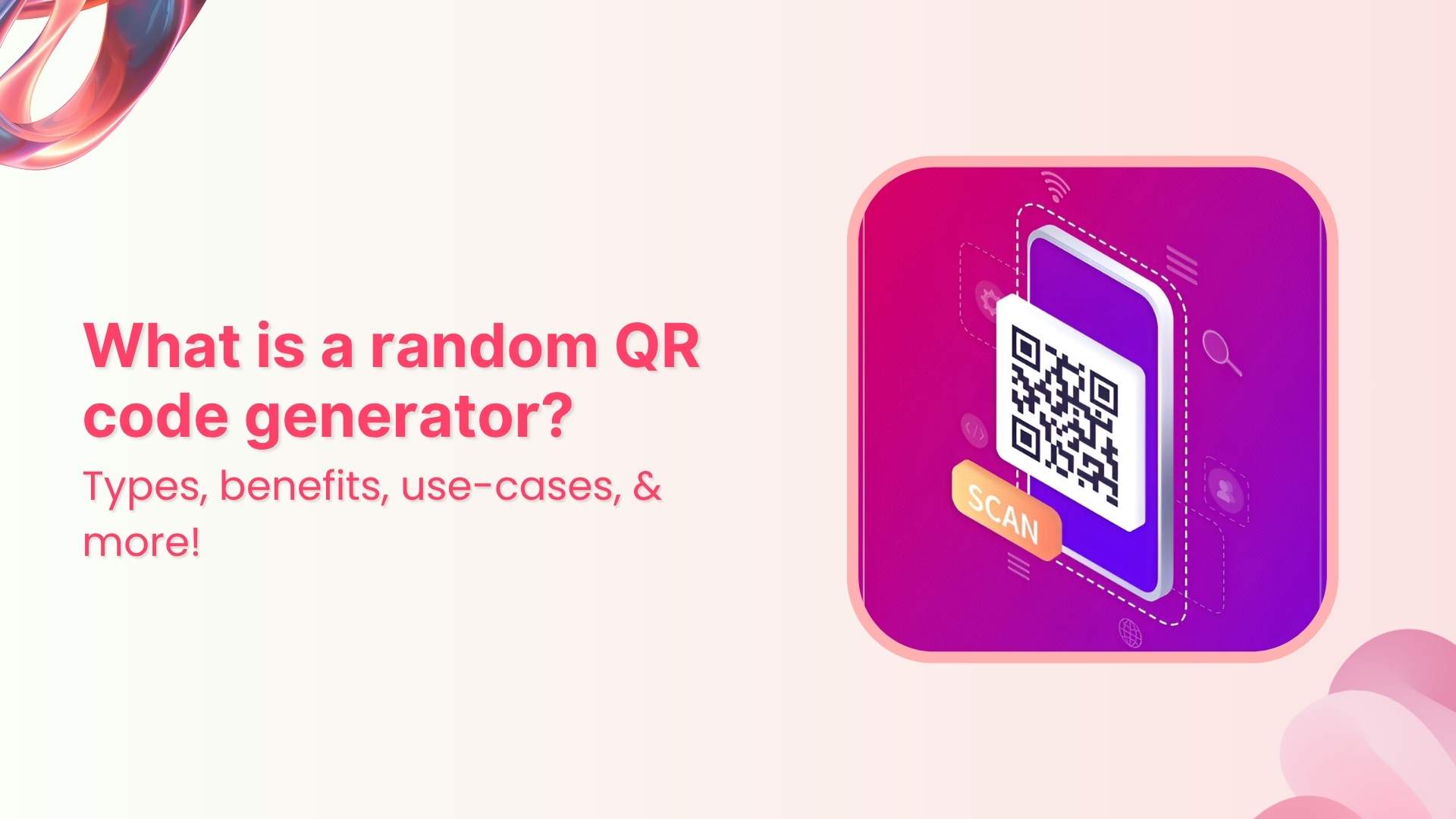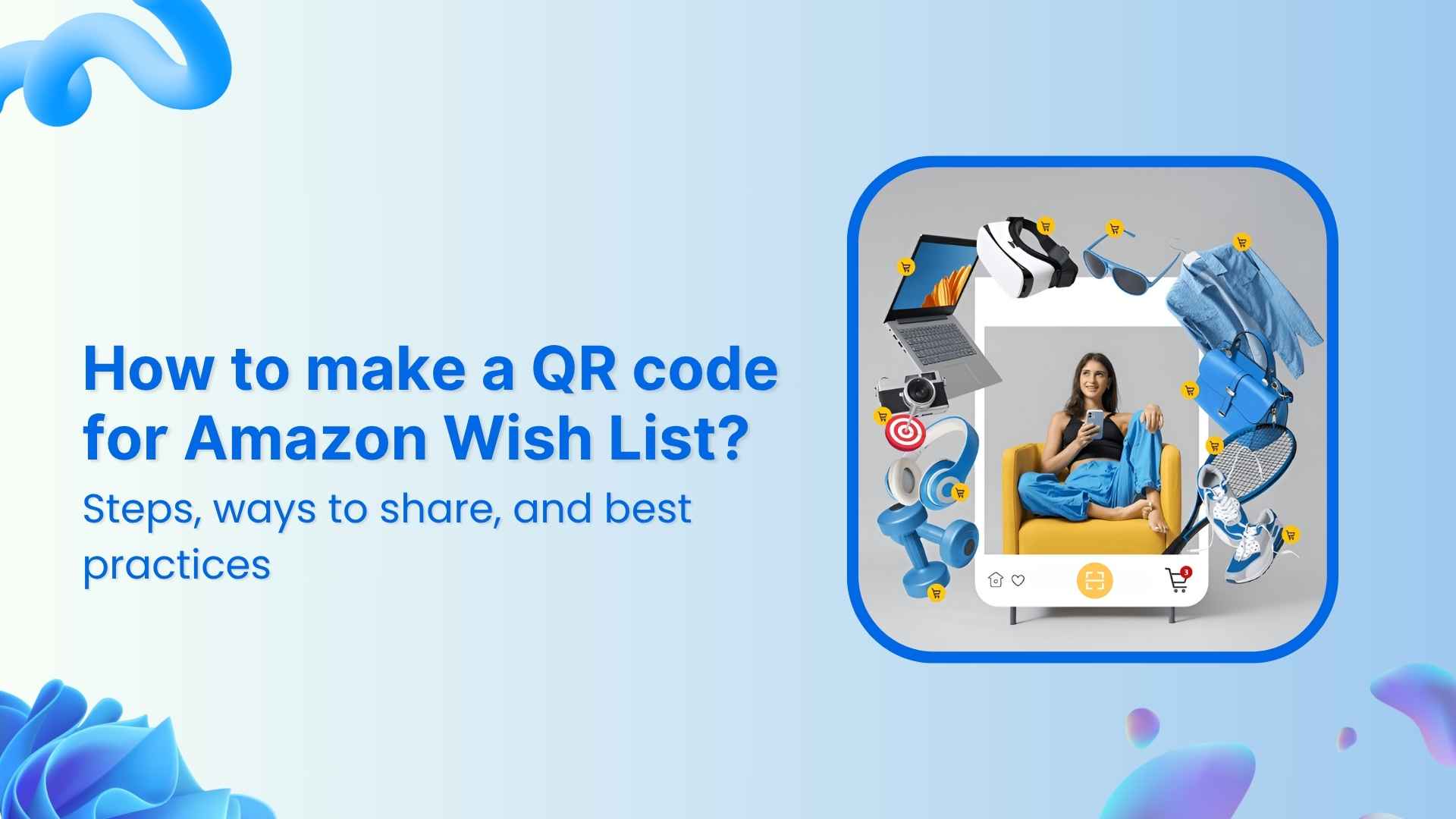Have you ever seen a poster or a magazine ad that caught your eye and wished you could learn more instantly?
That’s where QR codes come in! These nifty little squares are revolutionizing the way we interact with advertising by creating a direct line from the physical world to the digital one.
With a quick smartphone scan, you can access exclusive deals and exciting videos and even connect with brands on social media. It’s like having a mini gateway to a world of information right in your pocket!
QR code usage in marketing has grown exponentially, with global scans increasing by 57% across 50 countries. Experts project that this trend will continue, forecasting a 22% rise in usage by 2025.
In this blog, we’ll explore how QR code advertising is not only enhancing consumer experiences but also helping businesses connect with their audience in new and engaging ways. Let’s get into the details!
What is QR code advertising?
QR code advertising involves using Quick Response (QR) codes in promotional materials to connect users directly to the brand’s online content. These codes can be scanned using smartphones, leading consumers to websites, videos, social media pages, etc.
How do QR codes work?
QR codes are two-dimensional barcodes that store information in a grid pattern.
- Scanning: Users scan the QR code using a smartphone camera or a dedicated QR code reader app.
- Decoding: The scanner decodes the information stored in the QR code, which typically includes a URL or text.
- Accessing content: After decoding, the user is directed to the encoded link, leading them to websites, videos, social media pages, or special offers.
- Interactivity: QR codes can facilitate actions like downloading apps, adding contacts, or sending messages, enhancing user engagement.
- Tracking and analytics: Businesses can track how often QR codes are scanned, providing insights into consumer behavior and campaign effectiveness.
Related: What are the standard QR code size requirements?
Dynamic QR codes: The game changer for marketers
One of the most significant innovations in QR code technology is the rise of dynamic QR codes. Unlike static QR codes, dynamic codes can be updated after being printed. This means you can change the destination URL or the content the code links to without needing to print new materials.
Dynamic QR codes also offer advanced analytics, allowing businesses to track real-time user interactions. For example, you can see how many people scanned the code, where they scanned it, and what type of device they used. This provides valuable insights into customer behavior and helps you optimize your marketing efforts.
Benefits of QR code advertising
| Benefits of QR code advertising | |
| Personalized experiences | QR codes can be used to deliver personalized content based on user preferences or demographics. |
| Measurable results | By tracking the number of scans and user behavior, marketers can gain valuable insights into the effectiveness of their campaigns. |
| Real-time updates | It can be updated dynamically, allowing marketers to change or add information as needed quickly. |
| Cost-effective | QR codes can be easily incorporated into existing marketing materials, making them a cost-effective way to enhance campaigns. |
| Advanced accessibility | It can be used to provide information in multiple languages or formats, making it accessible to a wider audience, including those with disabilities. |
17 creative ways to use QR code advertising
Now, here’s the exciting part about QR codes: they’re incredibly versatile! Not only can you print them on physical materials to reach your audience, but you can also share them digitally across online platforms.
This dual approach opens up endless possibilities for engaging your customers innovatively.
Let’s explore some of the best examples and effective uses of QR codes in both digital and offline worlds.
Digital QR code advertising
Digital platforms are the perfect space for QR code advertising. They allow brands to reach vast audiences while offering cost-effectiveness and precise targeting.
1) Add QR codes to your brand website
Adding QR codes to your website is a smart way to enhance user experience. These codes can direct visitors to product details, promotions, or downloadable resources. You can also track QR code scans using advanced QR code generators to gain insights into user preferences and behavior.
For example, the clothing brand Shein uses QR code advertising on their website to direct customers to their app, simplifying the shopping experience and increasing app downloads.
2) Utilize deep links in QR code advertising
Deep linking with QR codes allows you to guide users directly to specific content on your site or app. This is especially useful in email campaigns, mobile ads, and social media posts, where users want quick access to content.
For instance, deep linking can streamline the checkout process on e-commerce sites, directing users to their shopping cart or payment page.
Pro Tip:
While QR codes can simplify navigation, don’t rely solely on them for frequent site visits. Short URLs are often easier for customers to remember.
3) Promote QR codes in social media posts
Integrating QR code advertising into your social media strategy is a highly visual way to engage followers. Platforms like Instagram, Facebook, and TikTok allow brands to post QR codes, encouraging users to scan for exclusive content or offers.
Event organizers, for example, can include QR codes in their posts to simplify ticket purchasing or RSVPs. Additionally, partnering with influencers to promote QR codes can greatly increase traffic and engagement.
4) QR codes in TV commercials
TV commercials featuring QR codes offer a new level of interactivity. Viewers can scan the code on the screen, taking them directly to your brand’s website or social media pages for more information.
During the Super Bowl 2022, Coinbase ran a successful QR code advertising campaign that led to a surge in app downloads when viewers scanned the code shown on TV.
5) Boost sign-ups with QR codes in email marketing
Including QR codes in your email newsletters is a powerful tactic to increase engagement. Subscribers can scan the QR code to access special discounts, product launches, or exclusive content.
Starbucks often uses QR code advertising, allowing customers to claim loyalty points or promotional offers quickly.
6) Mobile QR code advertising
As mobile device usage dominates online browsing, QR code advertising in mobile ads offers a fast, seamless experience for users. QR codes can direct them to multimedia content like videos or slideshows that tell your brand’s story.
Travel agencies, for instance, use mobile QR code advertising to provide instant access to boarding passes and itineraries.
7) Enhance virtual events with QR code advertising
For virtual events, QR codes simplify the registration and participation process. Attendees can scan the code to access live sessions, download materials, or engage with interactive event content.
8) Use QR codes for digital receipts

Switching from paper to digital receipts with QR codes is both eco-friendly and convenient. Retailers can link digital receipts to loyalty programs or exclusive offers, encouraging repeat purchases and improving customer engagement.
9) Gather quick customer feedback with QR codes
Collecting customer feedback through QR codes can enhance your business. By placing QR codes on digital receipts, packaging, or promotional materials, customers can easily access a survey and provide feedback.
Offline QR code advertising
While digital advertising is essential, offline QR code advertising is equally effective. Integrating QR codes into print media, packaging, and physical locations can drive traffic and engagement.
10) QR codes in print advertising
Print advertising comes alive when combined with QR code advertising. Whether it’s a brochure, magazine, or flyer, adding a QR code provides readers with instant access to more content. For instance, a local boutique, they could include a QR code in their magazine ad that directs customers to their online store.
11) QR codes on product packaging

Many brands are leveraging QR code advertising on their product packaging. Coca-Cola uses QR codes to give customers access to interactive content, such as games or special promotions.
This type of QR code advertising helps create a deeper connection with the brand and enhances the overall product experience.
12) Business cards with QR codes
Adding a QR code to your business card can make a memorable impact. Graphic designers often use QR codes to link their business cards to online portfolios, offering potential clients a seamless way to view their work.
Pro Tip:
Use a short URL in situations where users have less time to scan QR codes, like networking events.
13) Enhance in-store promotions with QR code advertising
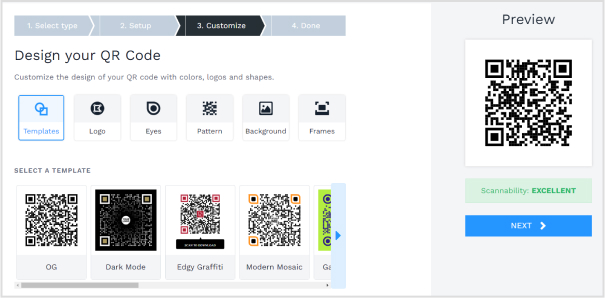
QR code advertising within in-store promotions enhances the shopping experience. For example, grocery stores can place QR codes next to sale items, linking customers to recipes or nutritional information, which can influence purchasing decisions.
14) Real estate listings with QR codes
In real estate, QR code advertising helps potential buyers access property details quickly. QR codes on For Sale signs can lead to virtual tours, photos, and pricing information, providing a convenient and pressure-free browsing experience. For example, real estate businesses can efficiently showcase numerous properties by incorporating high-resolution virtual tours into QR advertising. This approach captures consumer interest through interactive and immersive visual content
15) QR codes on restaurant menus
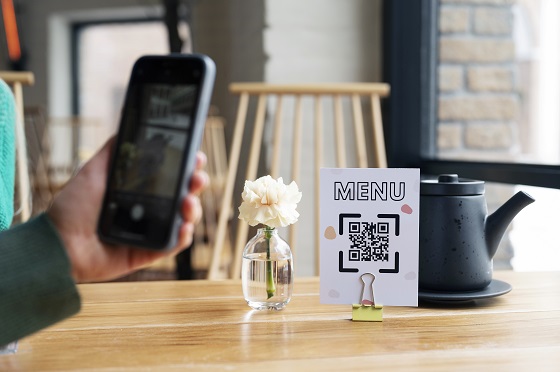
QR code menus in restaurants have become a standard in the hospitality industry. They allow customers to browse the menu, check out daily specials, or even place orders digitally, enhancing the dining experience.
16) QR code billboards
Billboards featuring QR code advertising provide a unique way for brands to engage passersby. For instance, a concert billboard with a QR code could lead directly to ticket sales or event information.

Brands like Nike have used QR codes on billboards to link to exclusive product launches or behind-the-scenes videos.
17) Authenticate purchases with QR codes
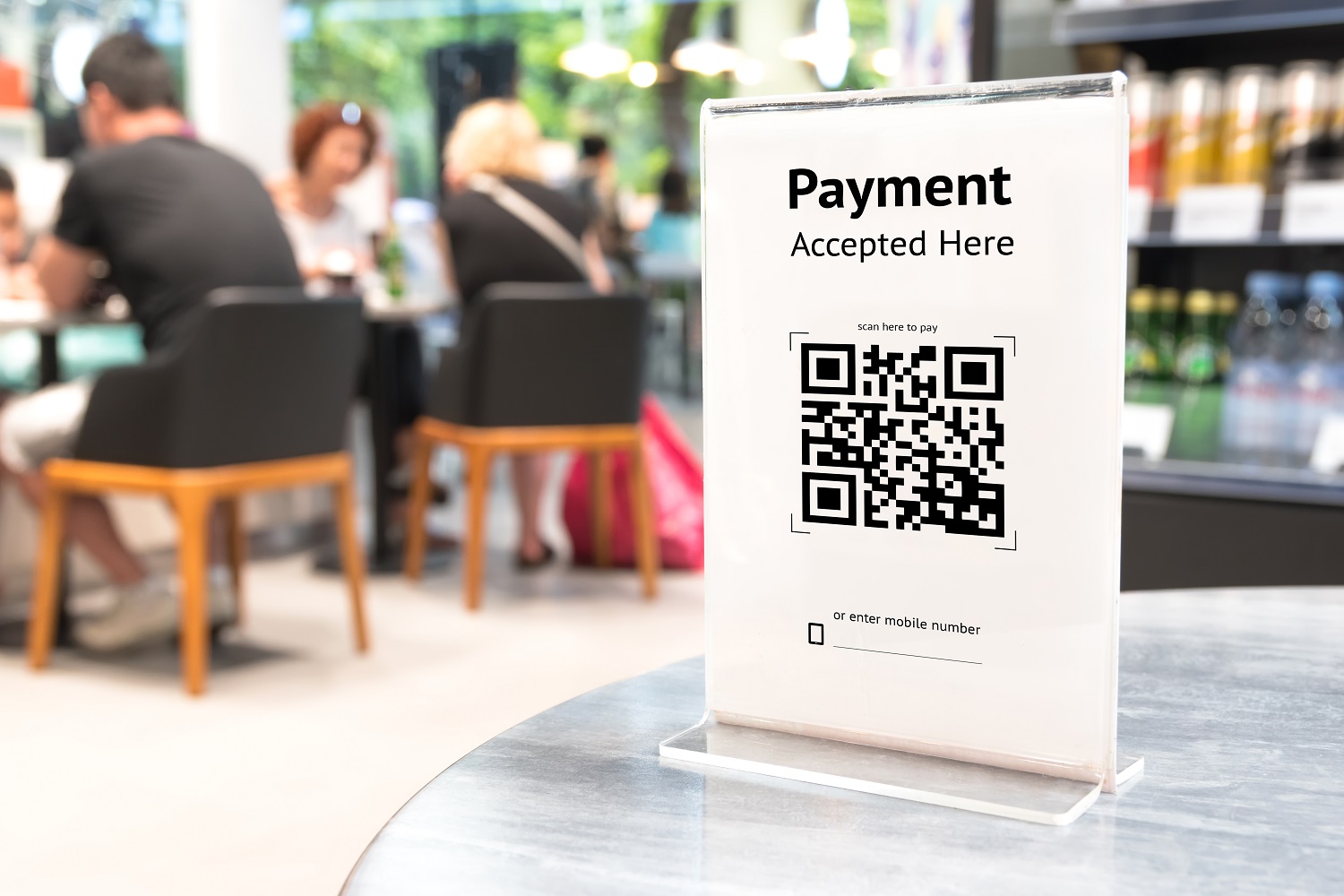
QR codes are also used for product authentication, particularly in industries plagued by counterfeiting.

Luxury brands like Louis Vuitton include QR codes on product tags, allowing customers to verify authenticity and access care instructions.
How to create a QR Code for advertising?
Creating a QR code is very easy. You just need to have an advanced QR code generator. Many QR code generators are available online, both free and paid. Look for one that allows customization and analytics tracking, such as Replug.
Replug is a link management platform that allows you to create short, branded links, including QR codes. It’s especially useful for marketers looking to track engagement and analyze the performance of their links and QR codes.
Here’s how you can use Replug to create a QR code.
- Sign up: Create an account on Replug’s website.
- Create a link: After setting up your workspace, Input the URL or content you want to link to and customize it as needed.
- Generate a QR code: Once you have your link, you’ll spot the option to copy the QR code for that link.
- Download and share: Download the QR code and add it to your advertising materials.
- Track performance: Monitor the analytics dashboard to see how your QR code is performing and adjust your strategy as needed.
Also Read: What are the standard QR code size requirements?
03 tips to make high-quality QR codes instantly
Here are 03 top tips every marketer should follow when creating a QR code.
- Use a reliable QR code generator: Opt for reputable QR code generators that offer high-resolution codes and customization options. This ensures that your QR code is scannable and visually appealing.
- Optimize your QR codes: Ensure that the URL linked to your QR code is optimized for mobile devices. A mobile-friendly page will enhance user experience and increase the likelihood of engagement.
- Test your QR code links before deploying: Before launching your advertising campaign, test different QR code links to see which one performs best.
Additionally, A/B testing multiple QR codes can provide insights into which offers or content resonate more with your audience.
Also read: Why is my QR code blurry & how can I fix it?
Final verdict
In summary, QR code advertising represents a dynamic shift in the marketing landscape, seamlessly linking the physical and digital realms. This innovative approach not only enhances customer engagement but also provides brands with critical data to refine their strategies.
FAQs on QR code advertising
Are QR codes still relevant in 2024?
Yes, QR codes remain relevant and increasingly popular due to their ease of use and ability to connect physical and digital experiences.
Do QR codes require an app to scan?
Most modern smartphones have camera apps that scan QR codes, so no additional app is necessary.
Can QR codes be customized?
Absolutely! Many QR code generators allow you to customize the design, color, and logo within the code to align with your brand.
How can I track the performance of my QR code?
You can use tracking features provided by many QR code generators, which allow you to see the number of scans and user interactions.
What type of content is best suited for QR codes?
QR codes work best with mobile-friendly content, such as landing pages, promotional offers, videos, or social media links.



























